

Posted: December 2, 2024 Read time: 6 Mins
Racing Marshals use flags to communicate critical information to inform racing drivers what action they must take when on circuit e.g. track conditions, hazards and penalty situations.
It's imperative racing drivers know the meaning of each flag, as well as the different ways they are used. Understanding what each means with the action they are required to take, helps the sport to be safe.
FIA sanctioned racing flags are the most commonly used in both UK and International auto racing. Their meanings cover well-known championships such as Formula 1 and the FIA World Endurance Championship. The use of the Chequered Flag to signal the end of a session is common across most forms of motorsport. However, other Status or Penalty Flag meanings may differ from series to series. For example, in NASCAR and Indycar they use a black flag with a white saltire to indicate a driver is disqualified. In addition, the Blue Flag is not used in rally or rallycross racing series.
The Association of Racing Drivers Schools (ARDS) test includes a written exam on Racing Flags. This guide will help you prepare for your Competition License and/or give you more understanding about the sport.
Use the links below to skip to the section of interest:
The first recorded use of undoubtedly the most famous racing flag - the iconic chequered flag - is a topic of debate. However, one of the earliest known, was at the 1906 Glidden Tours.
Created by the American Automobile Association (AAA), the promotional events aimed to make the automobile more relatable to the general public. The tours ran from 1902 - 1931 across the US and sometimes into Canada. The courses ran for several hundred miles and were split into timed sections. At each course 'checking station', a chequered flag was used to mark the location of the race officials, known as 'checkers'. The man behind this system was Sidney Waldon, an employee of the Packard Motor Car Company. The 1906 Glidden Tour was the first recorded use of the chequered flag to indicate the end of a race.
Sidney Waldon was also a member of the organisation committee of the Vanderbilt Cup Races. A successful road race that ran from 1904 - 1916, responsible for the Vanderbilt Cup - the first major trophy in American auto racing. The 1906 Vanderbilt Race in New York is one of the first pictures to capture the chequered flag being used to end a race.
Some major racing leagues, such as F1, now employ a marshalling system, replacing flags with LED Flag Panels.
The signals used on the flag panels are the same as traditional marshal circuit flags. Each marshall's post has a control unit operating the flag panel signals in their sector, allowing them to stay at safer distances from the action on track. The drivers also have a display screen on their steering wheel, with flag notifications. This ensures immediate knowledge, allowing fast reaction, potentially avoiding incidents and getting back on the pace once it is safe to do so.
The following racing flags are used across all FIA-sanctioned championships such as F1 and the FIA World Endurance Championship. A demonstration of the flags and their signals is in the instructional video created by Motorsport UK for the 'Go Racing' ARDS Starter pack. Drivers are tested on their knowledge of these flags in the ARDS written exam.
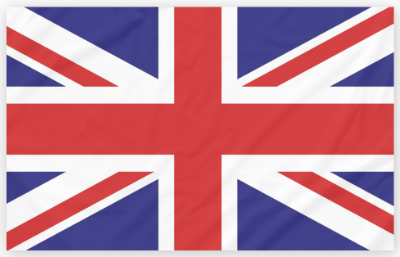 Used to start the race when there are no start lights or there is a problem with them.
Used to start the race when there are no start lights or there is a problem with them.
 Waved: Normal racing applies at the end of a danger zone controlled by Yellow flags.
Waved: Normal racing applies at the end of a danger zone controlled by Yellow flags.
Also used to signal the start of a formation lap and shown at all posts during the first lap of each practice session.
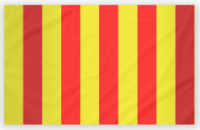 Stationary: Warning slippery substances such as oil or water on the track ahead.
Stationary: Warning slippery substances such as oil or water on the track ahead.
Waved: The slippery section is imminent.
 Stationary: Warning another competitor approaching.
Stationary: Warning another competitor approaching.
Waved: Another competitor is trying to overtake – stay predictable and hold your line.

Waved: A slow moving vehicle is on this sector of the track, use extra caution.
Stationary: The slow moving vehicle is in the next sector.
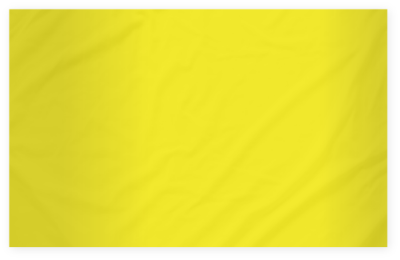
Single Waved: There is an incident on circuit. Slow down, gain full control of your vehicle. No overtaking.
Double Waved: Danger on imminent on track. Be prepared to change from your projected racing line or use evasive manoeuvres. No overtaking.
 Session has been stopped due to a serious incident on track or poor weather.
Session has been stopped due to a serious incident on track or poor weather.
Immediately proceed safely and slowly to the pits, or start line, as directed by the marshals.
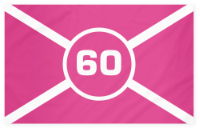 An alternative to a safety car used to neutralise a race.
An alternative to a safety car used to neutralise a race.
Slow down to 60 km/h, maintaining this speed until the Green Flag signifies the race is underway again.
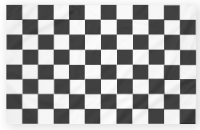 The end of a session or race.
The end of a session or race.
Slow down, no overtaking. Return to the pits.
Shown alongside a driver number, these flags communicate directly to specific drivers.
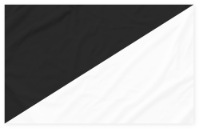 Unsportsmanlike behaviour.
Unsportsmanlike behaviour.
Warns a driver their behaviour is suspect and may receive a Black Flag on further reports.
 Apparent mechanical failure or fire which they may not be aware of.
Apparent mechanical failure or fire which they may not be aware of.
The driver must return to the pits as soon as possible.
 Driver must return to the pits immediately.
Driver must return to the pits immediately.
Report to the Clerk of the Course. A penalty of exclusion may be enforced.
To help you practice your Racing Flag knowledge before your ARDS test, here's a set of slide flashcards to test yourself with.
Racing Flag Signals & Meanings from CATDT
Call: 01234 757 633
Email: info@catdrivertraining.co.uk
CAT Driver Training is the fast way to develop & improve authentic dynamic driving skill, technique & knowledge from the Best. OEM recognised driver training for individuals & the motor industry. As the leading UK based independent advanced performance driving skills company, we exist to make your driving experience even better. Explore your cars potential, fulfill your own. Coaching advanced road & track skills, safety driver training courses for individual driving enthusiasts & advanced driving for all facets of the motor industry. The only training company resident within UTAC's Millbrook Proving Ground in Bedfordshire, within easy reach of London, & all surrounding counties: Hertfordshire; Buckinghamshire; Oxfordshire; Nottinghamshire; Cambridgeshire; Norfolk; Suffolk; Essex; & Surrey. Clients travel from the World over & the UK to learn from the authentic evidence based dynamic driving & vehicle dynamic experts. | All Rights Reserved | Copyright 2005 – 2025
Some of the links we use are affiliate links. This means that, at no cost to you, CAT will earn an affiliate commission if you click through the link and finalise a purchase.
Designed by WHP
Coded and built by Prominent Media